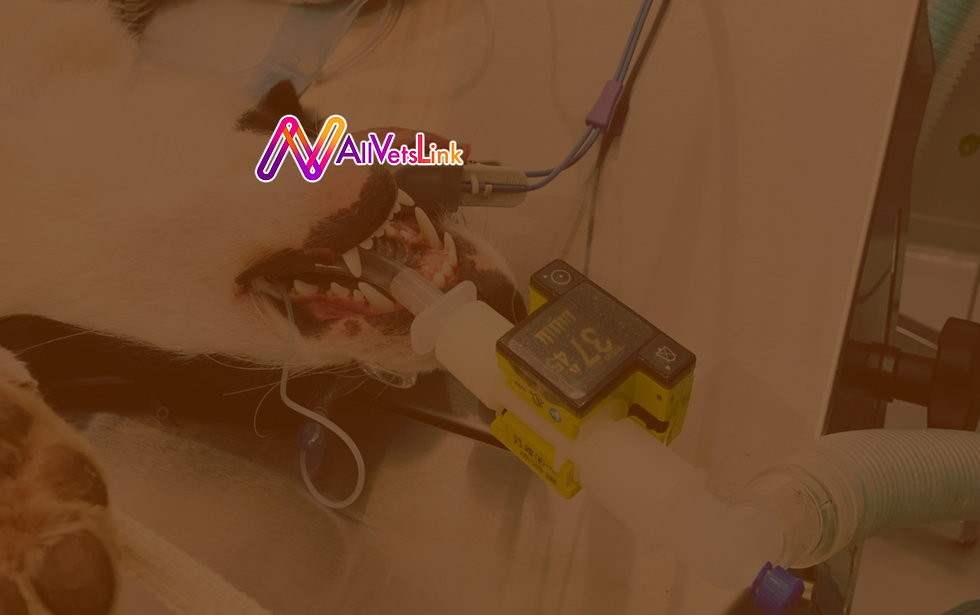


Managing Hypoventilation in Veterinary Anesthesia
Hypoventilation during anesthesia, as outlined by the AAHA guidelines, can be identified by observing respiratory rate and depth, and quantified using capnometry. It can cause hypercarbia and subsequent respiratory acidosis, as well as hypoxemia. To correct hypoventilation, ensure anesthetic depth is not excessive and initiate positive pressure ventilation (PPV) if necessary. Mechanical ventilation can be employed, with care taken to monitor the hemodynamic status, as PPV can impact cardiac output. It's also crucial to recheck blood pressure after starting PPV and adjust ventilator settings based on end-tidal CO2 levels to prevent barotrauma.
For a comprehensive understanding, please refer directly to the AAHA guidelines

Do you have any feedback about the Quick Note?
We'd love to hear from you!
Feel free to send us a message
Don't forget to share with any friends who are also
preparing for the BCSE Exam.





